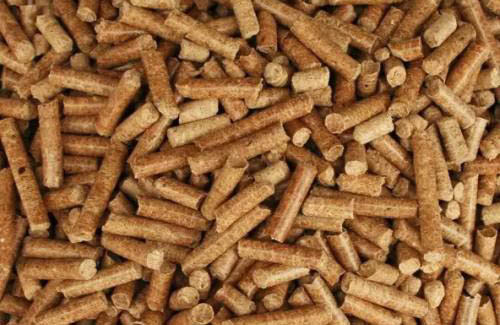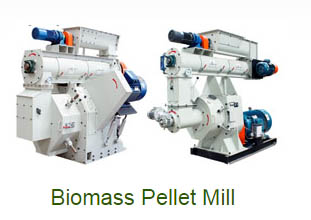Global wood pellet market is expected to grow by 14.1% per year
According to the prediction of Transparency Market Research, a market research firm, the global wood pellet market for power plants and heating will grow by 14.1% per year to 20073 million Euros by 2023. In the past few years, due to the strict emission standards of Europe and the United States, the output of wood pellet has increased significantly. With the advantages of high energy density and ease of use, which will help wood pellet into the international trade market.

The growing concern of greenhouse gas emissions (GHGs) promotes the development of wood pellet, which can be used to generate heat and electricity instead of fossil fuels. In 2014, the United States and Canada were the main exporter of wood pellet, while Russia and some countries in Asia Pacific and South America are expected to become the leading exporter of wood pellet. About 800000 tons of wood pellets are predicted to be consumed by power plant in 2014. Wood pellets for district industrial heating are commonly being traded worldwide, including the exporters of the United States, Canada, Australia and South Africa. While wood pellets for residential heating are just regional trade.
The quality requirements for industrial wood pellets are different from those used for residential heating, which is largely determined by logistics equipment and combustion technology.


KMEC is a modern enterprise specialized in the design and installation of biomass briquetting machinery production lines. We have engaged in this industry for tens of years, accumulating rich experience for production. We can product different types of briquette machine and pellet machine etc. Our machine has the feature of low cost, high efficiency, less noise, less energy consumption and durable. Please feel free to contact with us if you have any question to our products.
------------------------------------------------------------------------------------------------------------------------------------------------
News
- Small Pellet Machine Manufacturer-Kingman
- Application of Wood Pellets and Use of Biomass Pellets
- From Fossil Fuel into Biomass Pellet Fuel
- Biomass Pellet Making Machines Market
- Applying of pellet stoves for home use
- Highland pellets to build $130 million facility in arkansas
- How to deal with the blocked hammer mill
- How to Make Wood Pellets with Sawdust
- The government policy promotes the development of biomass fuel
- Market analysis of biomass pellet fuel
- Strategic positioning of renewable energy
- Biomass energy has pass through the pre assessment
- The key point of deep processing of biomass pellet
- Harbin is promoting the development of biomass machinery
- The development of biomass formation technology I
- The development of biomass formation technology II
- Biomass energy industry is now going full tilt in 2015
- Rapid increasing demand of sawdust pellet on the market
- Pellet fuel market in EU
- Chinese Biomass Energy Conference held in Beijing
- Future market development of straw pellet mill
- Peanut Shell Pellet Mill Makes High Quality Pellets
- The utilization of straw is only 5%, biomass energy needs our attention!
- Corn straw pellet machine relieves the tight supply of fuel energy
- Reasons for loose or not forming of biomass pellet mill





